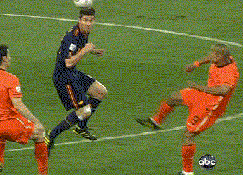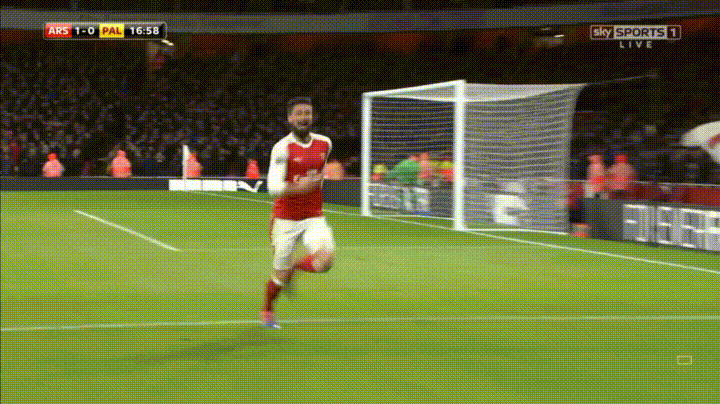It's BYC not PPP, PPP occurs when a player signs a big contract before his contract expires... so Larry Coon's example of PPP
Here is an example of a poison pill calculation: Carmelo Anthony earns $4,694,041 in 2006-07, the final year of his rookie scale contract. Prior to October 31, 2006 he signed a five year extension (bringing the total seasons to six) for the maximum salary, with the maximum 10.5% raises. Anthony's actual salary will not be determined until July 2007, when the maximum salary amounts for 2007-08 are set. During the 2006-07 season the 2006-07 maximum is assumed for the 2007-08 season ($13,762,775), and the salary in subsequent seasons is based on this amount ($15,070,550, $16,378,325 and $17,686,100, respectively). If Anthony is traded during the 2006-07 season, then his outgoing salary from the Nuggets' perspective is his actual salary of $4,694,041. His incoming salary from the other team's perspective would be $13,518,358 -- the average of his 2006-07 salary and the assumed salaries in the extension.
So PPP deals with extensions before a players contract runs out; when he has one year left on his contract
Here's Larry Coon's example of BYC
Here is an example of a BYC calculation: A player earned $2 million in 2004-05, after which he became a free agent. He then signs a new contract (re-signing with his previous team, which is over the salary cap) starting at $9 million. This player qualifies for BYC, so his trade value is the greater of his previous salary ($2 million) or 50% of his new salary ($4.5 million), or $4.5 million. So this player, who actually earns $9 million, is worth $4.5 million for trading purposes.
So BYC deals with players whose contracts are over and are being resigned
and the case in point that is being discussed is dealing with a player whose contract is over and being signed to another deal, so that means it's BYC
-also if a player is PPP in 2007, then he would become a BYC player in 2008 by default.

















